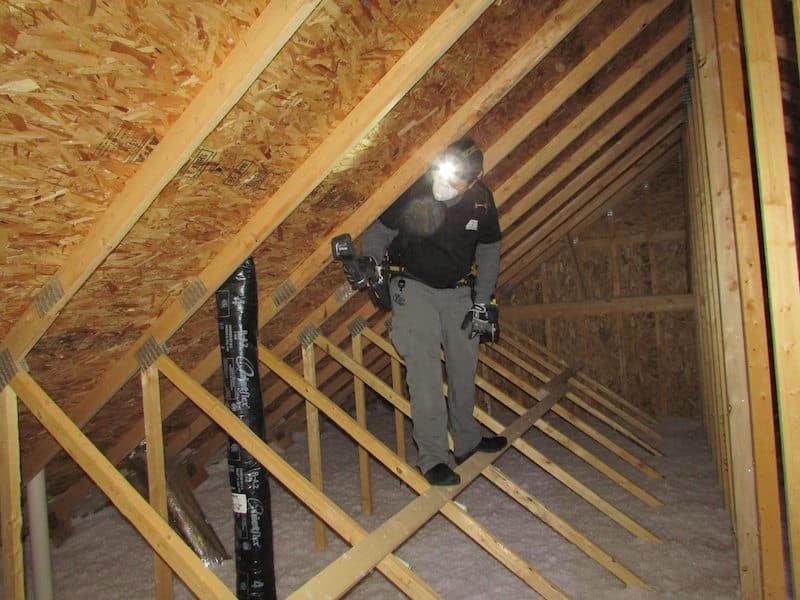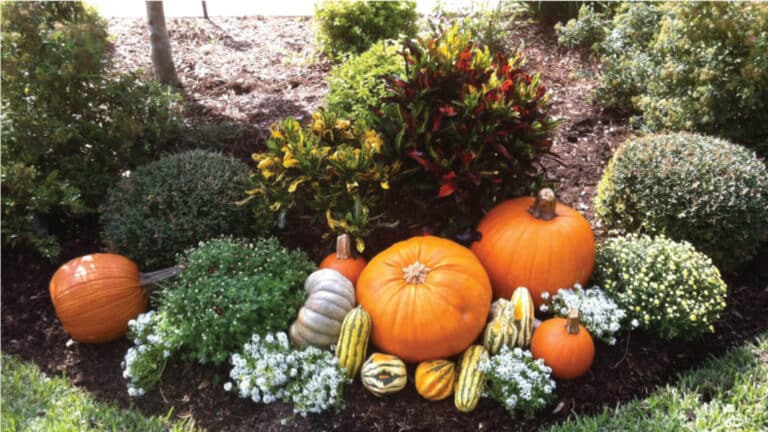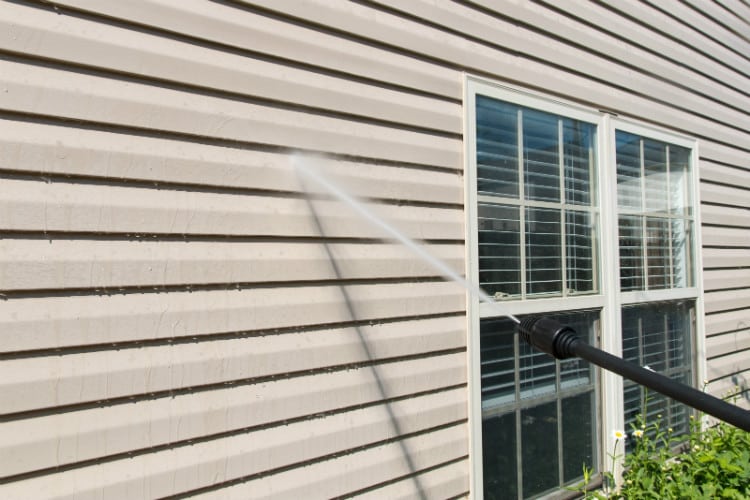Continuing where we left off in our previous post let’s begin with:
Inspect the Roof and Attic
Your roof is your home’s first line of defense against the elements, and it’s essential to ensure it’s in good condition before fall and winter arrive. Start by visually inspecting your roof for any signs of damage or wear. Look for missing or damaged shingles, cracked flashing, or any areas where water may penetrate.
If you’re comfortable working on your roof, you can replace damaged shingles or flashing yourself. However, for a thorough inspection and more complex repairs, hiring a professional roofing contractor is advisable. They can identify potential issues that may not be immediately visible and prevent costly leaks and structural damage.
Additionally, don’t forget to check your attic for signs of moisture or leaks. Insulation that is wet or damaged can lead to mold growth and energy loss. Proper attic ventilation is essential to prevent condensation and maintain a healthy indoor environment.
Prepare Your Garden and Lawn
While fall may signal the end of the gardening season, there are essential tasks to perform to ensure your garden and lawn thrive in the spring. Start by trimming back dead or overgrown branches from shrubs and trees. Pruning not only keeps your landscape looking neat but also promotes healthy growth in the next growing season.
Next, consider aerating your lawn if it’s compacted, which allows water and nutrients to penetrate the soil more effectively. After aerating, apply a fall fertilizer to nourish your grass and help it withstand the winter.
If you have a vegetable garden, harvest any remaining crops and remove spent plants. Clearing out old vegetation helps prevent disease and pests from overwintering in your garden. Consider planting cover crops like rye or clover to improve soil health and prevent erosion.
Inspect and Clean Your Siding
Your home’s siding plays a significant role in protecting it from the elements. To maintain its integrity, inspect it for damage or signs of wear, such as cracks, rot, or peeling paint. Address any issues promptly to prevent moisture from infiltrating your home’s structure.
Cleaning your siding is also essential to maintain its appearance and longevity. Use a pressure washer or a hose with a scrub brush attachment to remove dirt, mildew, and algae buildup. For optimal cleaning results, consider using a siding cleaner recommended by the manufacturer.
For wood siding, check for signs of rot and repaint or reseal as necessary to protect it from moisture and insects. Properly maintained siding not only enhances your home’s curb appeal but also prolongs its lifespan.
Inspect and Clean Your Drains
Fall brings an increase in rainfall, which means your drainage systems need to be in tip-top shape to prevent water from accumulating around your home’s foundation. Inspect your downspouts and drainage systems to ensure they’re clear of debris and functioning correctly.
Clean out any leaves or debris from the area around your foundation and window wells. This will help prevent water from pooling against your home and potentially seeping into your basement or crawl space.
Consider extending your downspouts to direct water several feet away from your foundation, ensuring it flows away from your home. Proper drainage is critical in preventing water damage and maintaining the structural integrity of your property.
Prepare for Cold Weather Emergencies
While we all hope for a mild fall and winter, it’s wise to be prepared for potential emergencies caused by severe weather. Make sure you have essential supplies on hand, such as flashlights, batteries, non-perishable food, bottled water, and blankets.
Inspect your smoke detectors and carbon monoxide detectors to ensure they’re in working order and replace their batteries. It’s also a good time to review your family’s emergency plan, including evacuation routes and communication methods.
Consider having your generator serviced if you have one. In the event of a power outage during a winter storm, a generator can provide essential electricity for heating and powering essential appliances.
Conclusion
In part 2 of our guide on essential fall home maintenance tips, we’ve covered the remaining five tasks to complete your checklist. These include inspecting your roof and attic, preparing your garden and lawn, inspecting and cleaning your siding, inspecting and cleaning your drains, and preparing for cold weather emergencies.
By following these comprehensive fall maintenance steps, you’ll ensure that your home is not only cozy and comfortable but also protected from potential damage and costly repairs during the fall and winter months. Taking the time to prepare your home now will allow you to enjoy the season’s beauty and warmth without worrying about unexpected maintenance issues. Stay tuned for more helpful home maintenance tips and guides as we continue to help you make your home a better place to live.





